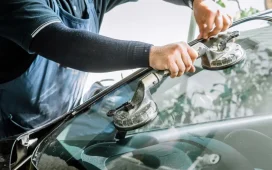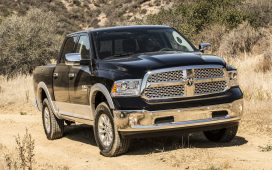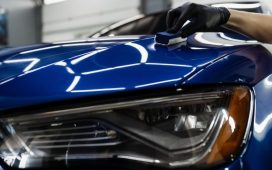Wiper blades are essential for safe driving, particularly in inclement weather. While the frame and arm provide structure and pressure, it’s the rubber squeegee that directly interacts with the windshield, removing water, snow, and debris. The rubber’s composition, therefore, is paramount to the blade’s overall capacity to provide a clean, streak-free wipe. A superior rubber compound ensures optimal flexibility, allowing the blade to conform to the windshield’s curvature, even with minor imperfections. This close contact prevents gaps and uneven pressure, resulting in a consistent and effective clearance of the windshield surface. Poor-quality rubber, on the contrary, may harden, crack, or deform quickly, reducing its ability to maintain consistent contact.
The Impact of Compounds on Wiper Blade Life
The rubber compound used in wiper blades directly affects their longevity. Exposure to ultraviolet (UV) radiation, ozone, temperature extremes, and even the chemicals in windshield washer fluid accelerate degradation. High-quality wiper blades use specially formulated rubber compounds that incorporate additives to mitigate the harmful effects of these elements. For instance, certain additives protect against UV damage, while others enhance resistance to cracking and tearing. Silicone wiper blades, for example, often boast longer lifespans than traditional rubber blades due to their superior resistance to environmental factors.
Flexibility and Adaptation for Optimal Wiping
A critical role of rubber is to enable blade flexibility and adaptation. The compound must be pliable enough to follow the contours of the windshield while still maintaining enough strength to avoid tearing or deforming. This flexibility is crucial for efficient water removal, especially at varying speeds and under different weather conditions. Advanced rubber formulations, often incorporating graphite or Teflon coatings, reduce friction between the blade and the windshield, further improving wiping performance and lessening noise. The pliability factor ensures the wiper blade conforms evenly to the glass, even if it might have a slight crack. Blades that are not flexible enough can leave streaks or skip sections of the glass. From the Auto Repair in Lawndale, CA based service you can have a proper support in maintenance.
Ensuring Performance in Extreme Temperatures
Wiper blades must perform consistently across a wide temperature range. In hot weather, the rubber must resist softening and deformation, which could lead to smearing and reduced wiping efficiency. In cold weather, the rubber must retain its flexibility to avoid becoming brittle or cracking. Specialized rubber compounds are designed to maintain their properties within a broad temperature range. Using wipers with superior rubber in colder climates is useful and will extend the life of the blade through seasons.
Choosing Wiper Blades for Long-Term Value
When choosing wiper blades, it’s important to understand that rubber composition is a major determinant of performance and durability. While cheaper alternatives may seem attractive upfront, they often compromise on rubber quality, leading to frequent replacements and compromised visibility. Read reviews and product descriptions to gauge the quality of the rubber used in different wiper blade models. Investing in blades with high-quality rubber compounds ensures optimal wiping performance, improved safety, and longer-term value.












